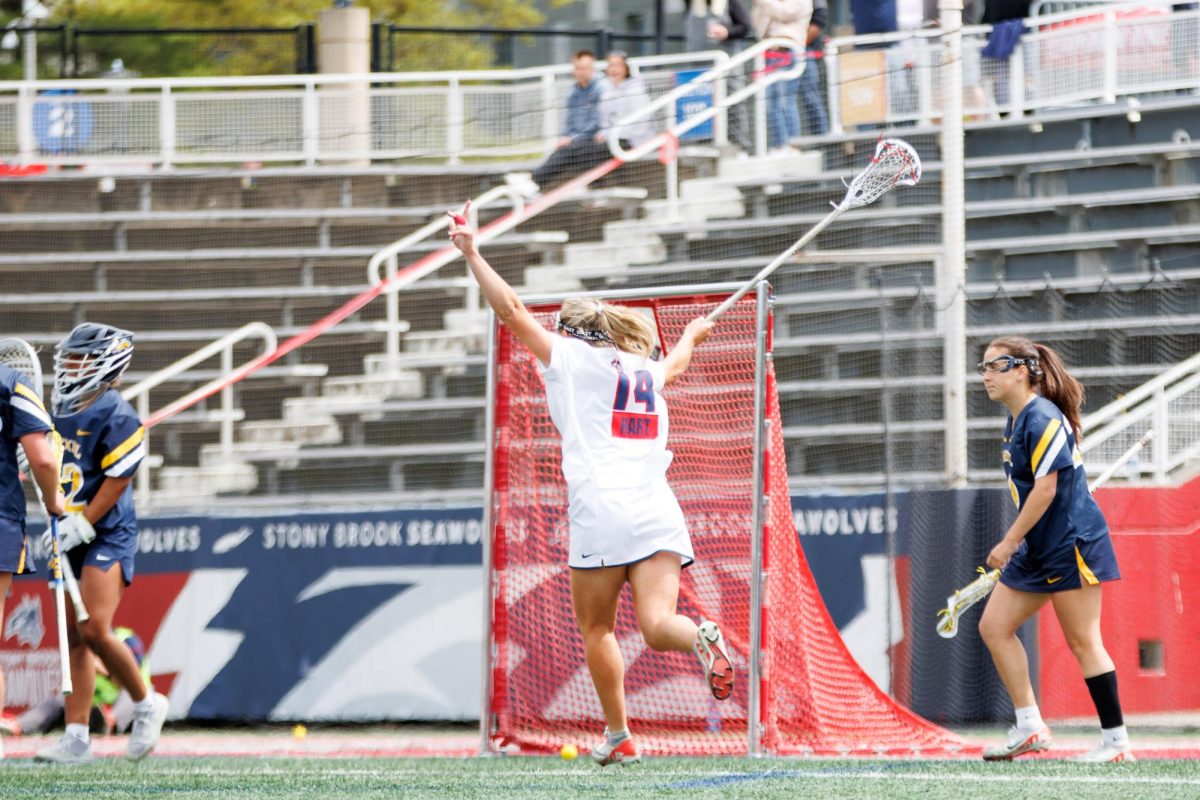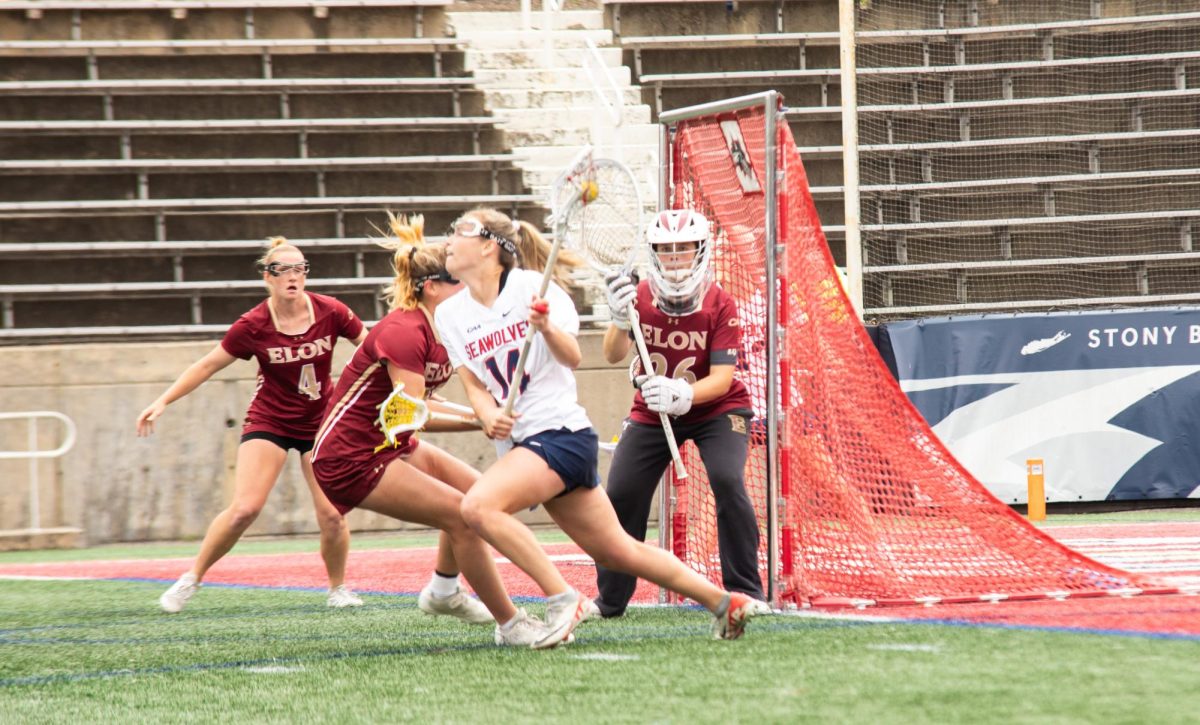In the Stony Brook University Union lecture hall, one student is engrossed in his Game Boy and another is piecing together his schedule for the spring semester, as their professor rambles on with as much enthusiasm as Ben Stein in “Ferris Bueller’s Day Off.”
“He just talks,” Heather Dixon, a freshman political science major, said of her philosophy professor. “Its just boring.”
But fortunately for her and other students, a survey conducted by the Cooperative Institutional Research Program, or CIRP, has revealed that this traditional way of teaching is fading. Professors are adopting more engaging and interactive ways of teaching, otherwise known as student centered teaching and learning.
According to the National Survey of Student Engagement, students have been shown to receive higher grades and retain more information as a result of this transition.
Patricia Aceves, director of The Faculty Center, a department at Stony Brook University, which works with professors to improve teaching practices and create student friendly learning environments, explained that the cause for this trend has a lot to do with the millennial generation, otherwise known as the Millennials.
These students are generally born between 1980 and 1994, tend to multitask, expect immediate results and surround themselves with all different forms of technology.
“You learn best when you are actively involved in the process,” said Nancy Wozniak, a learning architect at The Faculty Center. “You have ownership and a sense of pride when you are actively participating.”
Richard Howard, Dixon’s philosophy professor, acknowledged his traditional style of teaching. He finds the large class size makes it difficult to have an interactive lecture class and encourages students to go to weekly meeting sessions where they can interact.
“There’s no other way,” he said. “It’s brutal.”
But Linda DeAgnelo, assistant director for research at CIRP at the Higher Education Research Institute, or HERI, at UCLA and co-author of the report, said they has been an increase in student centered teaching at all different types of schools, from large research universities to small liberal arts colleges.
Stony Brook chemistry professor Joseph Lauher, along with a number of his colleagues, redesigned their organic chemistry course, the largest lecture class at the university. They made the class more interactive and engaging for students by broadcasting lectures online, using clickers, which are devices that allow students to submit answers to interactive questions and, most importantly to Lauher, leaving the stage when teaching.
“You want students to enjoy the course,” he said.
Since the changes, overall success rates have improved and attendance is the best it has been in 10 years. Clickers can also be used to take attendance in large classes where it can be difficult and time consuming to do so by hand.
According to Hilton Baxter, program coordinator for The Institute for Student Centered Learning at Binghamton University, the transition to a college learning environment can be difficult for new students.
“Many students come into college with an idea it’s the teachers responsibility to teach them something,” Baxter said. “Hopefully by the time people leave college they are able and responsible for finding information and new skills on their own’hellip;essentially becoming independent learners.”
A study about the influence of active learning on college student dropouts from The Journal of Higher Education, showed that an increase in active student learning could play an important role in the retention rates of first year students.
Joan Kuchner, the director of child and family studies minor at Stony Brook, has tried to create a student centered learning environment. She tries to make use of the entire classroom and have students be vocally and physically active.
“I want to encourage students,” Kuchner said. “Help them connect from the material’hellip;how they can reflect from it in their own lives.”
According to DeAgnelo, there has been a great focus on teaching practices, especially in the science related fields.
With help from The National Center for Academic Transformation, or NCAT, Stony Brook has redesigned an introductory physics course.
According to the NCAT website, the course has been redesigned, because the traditional lecture based format has failed to engage students and in order to accommodate a growth in enrollment. The redesigned course will encourage active learning and provide students more resources to get extra help.
Wozniak, Lauher and Baxter agree that there is a struggle to switch from the traditional model of teaching.
Wozniak and Lauher both said that the amount of work involved in redesigning courses could prevent professors from making the transition.
“One of the things that can be a challenge in a classroom is moving away from a lecture model, where the teacher just talks and everybody takes notes, thinking that’s all you need to do to learn,” Baxter said. “Move learning experiences to a higher level where students take info that they found themselves, synthesize that knowledge… somehow apply it. That you wouldn’t be able to do in a straight lecture class.”
Back in Dixon’s class, where the student is still battling away on his Game Boy, the other is still making his schedule and faint snores can now be heard in the back of the class, this traditional lecture model still stands.
“Maybe if he just stopped and let things settle in,” Dixon said. “Maybe more interaction and more discussions.”










